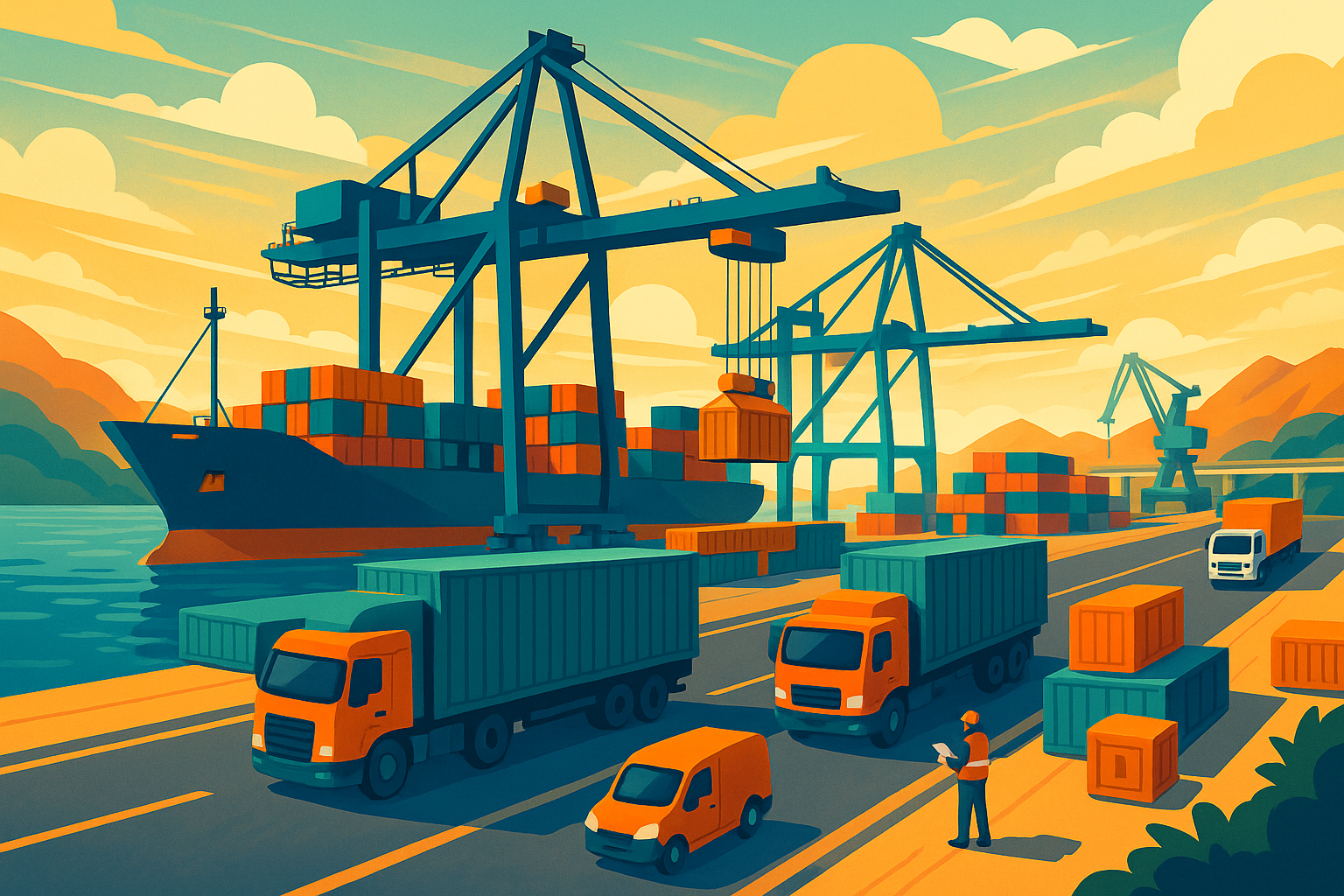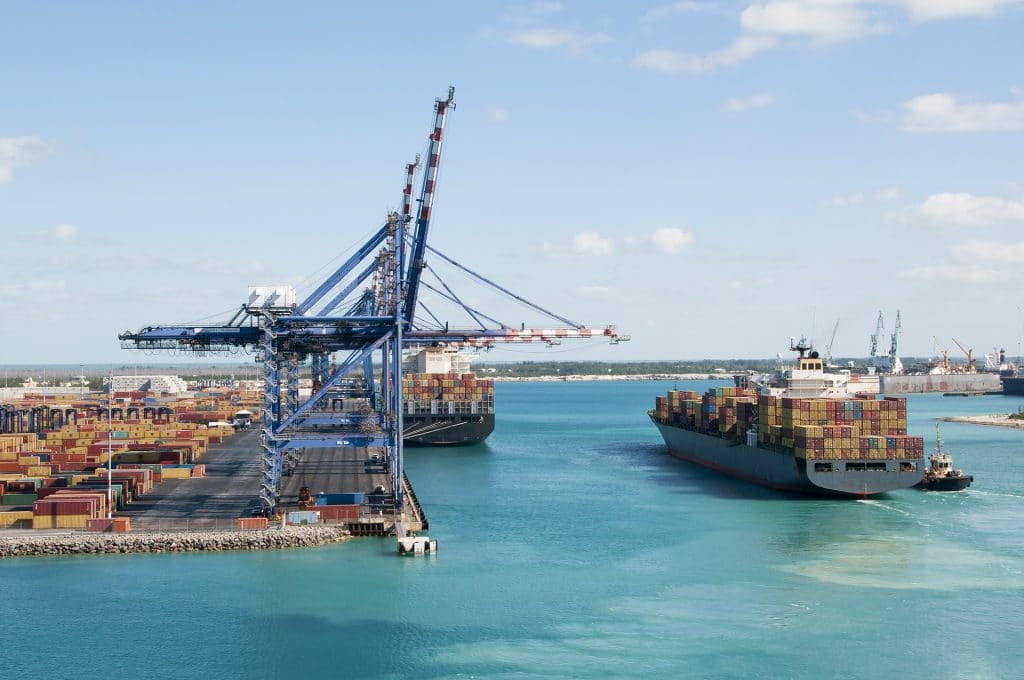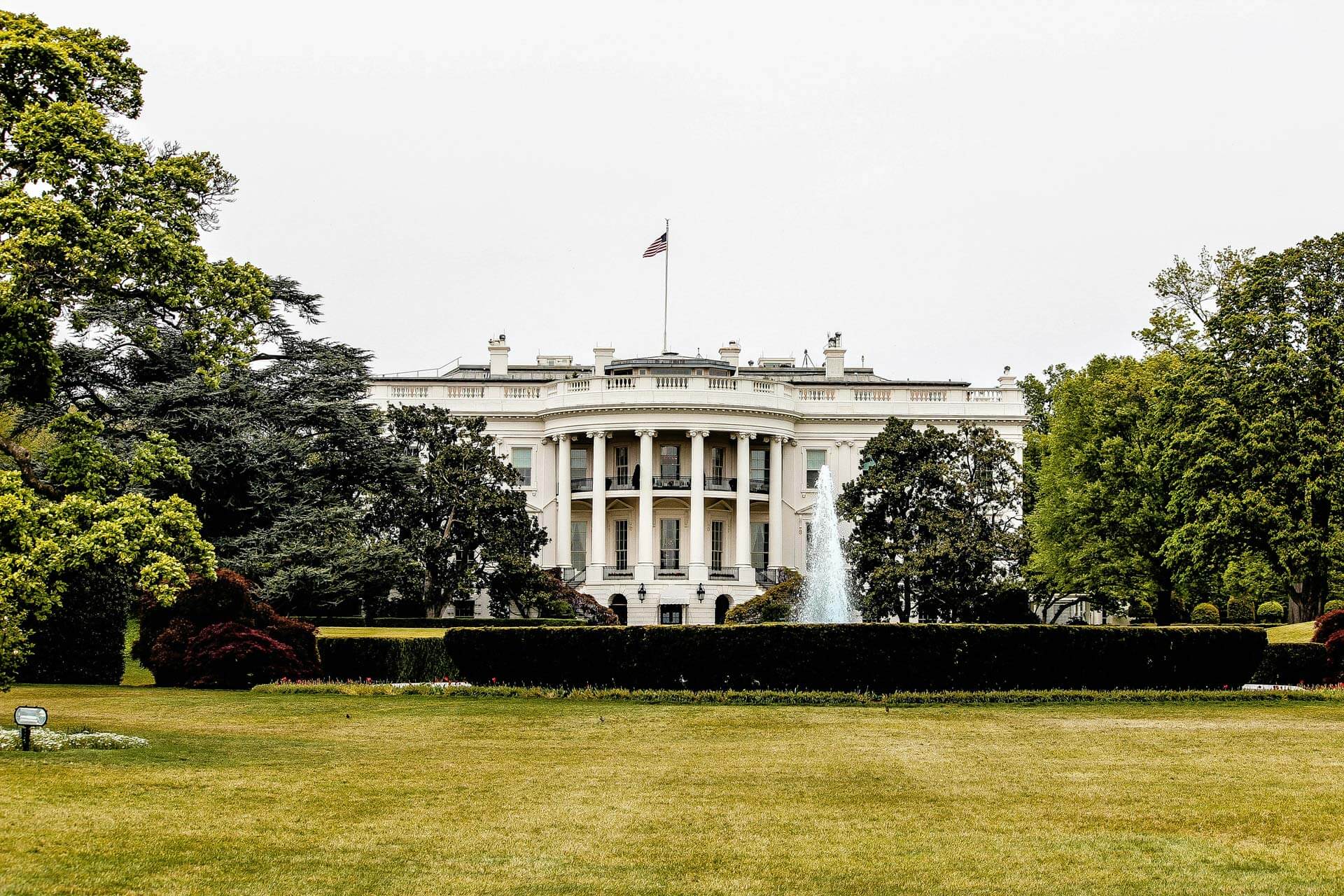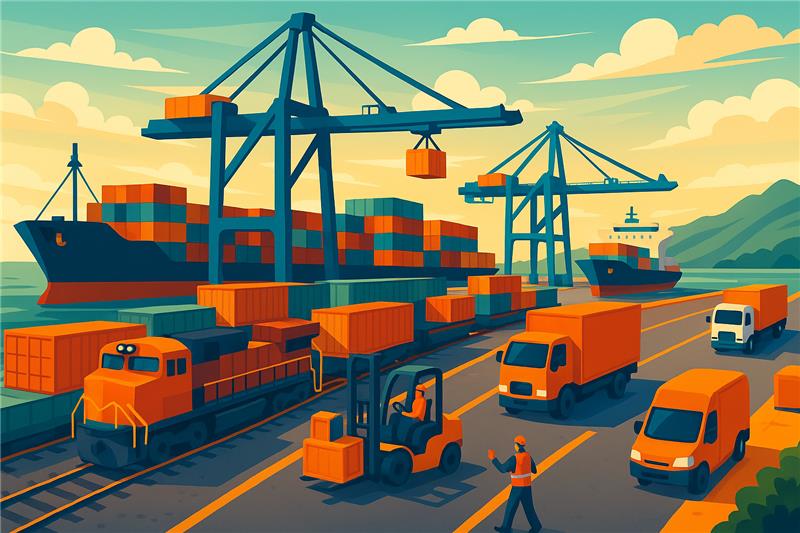TPM22 talks are fast approaching, and carriers have shown that they have the upper hand in negotiations as U.S. importers face higher rates and more challenges in securing carrier space. Port congestion over the past year has led to higher numbers of shipper-owned containers, U.S. factory output and retail sales in January show promise compared with the previous month, and food shippers are increasingly routing cargo through the ports of Florida to avoid congestion.
U.S. Importers Have Much Less Leverage in Trans-Pacific Contract Negotiations
The 2022 Trans-Pacific Maritime (TPM22) conference is fast approaching, and U.S. importers and logistics teams are facing the challenge of less leverage than previous years in negotiations with container lines. Even before the COVID-19 pandemic touched down in the U.S., container lines were gaining an advantage and were becoming resistant to minimum quantity commitment (MQC) expansions.
Uncertainty around the pandemic two years ago combined with the cancellation of the TPM20 conference forced carriers and shippers to agree to rate levels that mirrored the previous cycle of $1,300 to $1,400 per Forty-Foot-Equivalent-Unit (FEU) to the West Coast and $2,300 to $2,400 to the East Coast. 2022 will be a difficult time for logistics managers and importers, as many importers are struggling to secure minimum quantity commitments from carriers in the face of a 1.5% increase in imports in the first half of 2022 compared with the same period last year.
The window for mid-sized retailers to secure space for the 2022 cycle has already closed, with prices sitting between $6,000 and $8,000 per Forty-Foot-Equivalent-Unit (FEU) from Asia to the West Coast. Second-tier customers who couldn’t secure deals with carriers by the start of 2022 are seeing rate increases of as much as $1,000 per month with some carriers. Carriers are also beginning to reintroduce MQC penalties while reducing free storage time on docks for importers.
Many carriers, such as Maersk, are also switching to long-term contracts rather than spot contracts, with 65% of Maersk’s business being long-term contracts compared to just over 50% the previous year, indicating their preference for a smaller group of core customers. Carriers are also less likely to take inland point intermodal cargo that doesn’t integrate with their inland networks, forcing importers to use transloading and less-than-truckload services more frequently.
In addition to increased rates for carrier space and a greater reliance on alternative inland cargo transport options, new rules from the International Maritime Organization (IMO) are forcing carriers to travel slower to reduce emissions. The new rule could result in 25% additional deployed carrier capacity to make up for the reduced speeds, adding further strain to logistics managers and importers struggling to find space on carriers with increased rates compared with previous years.
Disrupted Ocean Trades Lead to More Shipper-Owned Containers
Prolonged port congestion combined with the increased risk of demurrage and detention charges has led to more forwarders and Non-Vessel-Operating Common Carriers (NVOs) accepting shipper-owned containers (SOCs). Between 2019 and 2021, the number of forwarders who accept SOCs out of the top 50 forwarders tripled from 6% to 18%.
The forwarders who accept SOCs successfully source and transport SOCs without restrictions, providing valuable access to boxes while many carrier-owned containers are still locked up in congested ports. SOCs are also aiding inland logistics chains as more containers are being transported to transloading stations or to remote locations that have an insufficient flow of containers.
The core challenge for shippers is calculating the cost incurred by demurrage and daily detention charges of a carrier-owned container and comparing those charges with the cost of leasing or acquiring an SOC from a forwarder or NVO.
The disrupted market and supply chain of the pandemic has led shippers to take more control of the supply chain as well as capacity, equipment, and inventory, from utilizing more SOCs to the growing trend of deconsolidating in transloading stations outside of ports. The increasing use of SOCs is a direct response to the imbalance of empty container equipment experienced by shippers over the past two years.
U.S. Factory Output Increases Amidst a Constrained Supply Chain
There are promising signs that manufacturers in the USA are working through the materials and labor shortages of the pandemic, with a 0.2% increase in output for January compared with the 0.1% decline in December, according to Federal Reserve data. Additionally, the total industrial production jumped 1.4% in January after a 0.1% decline the previous month, the most significant increase in three months — aided by a 9.9% surge in utilities caused by increased heating demand over the winter period.
Although the overall increase in factory production is a great sign for manufacturers and the economy, there were mixed results last month. Machinery and electric equipment manufacturing were the main drivers behind the increase in total output, while motor vehicle and petroleum product production declined. Excluding auto manufacturing, total factory output rose by 0.3% in January.
January also saw the highest rates of factory capacity utilization since 2019, rising to 77.3%, although this is still 0.8% below the long-run average. While slowly improving delivery times for raw materials and equipment signify that factories are moving past capacity constraints, manufacturers still face growing pressure from inflation, with January’s wholesale prices rising by 9.7% compared with the previous year.
Retail Sales Start 2022 Out Strongly Despite Challenges
According to the National Retail Federation (NRF), retail sales powered through the effects of the Omicron variant and inflation to set solid growth rates for the start of 2022 off of the back of the end of 2021. Retail sales increased by 3.8% from December to January, up to $649.8 billion, a 13% increase from the previous year. Additionally, the period from November 2021 to January 2022 increased by 16.1% over the same period the year before.
The January period also saw annual gains of 4.4% for retail trade sales, 33.4% for gasoline stations, and 27% for food services and drinking locations. NRF’s calculations for core retail sales, excluding automobile dealers, gasoline stations, and restaurants, show that January had a 4.7% seasonally adjusted gain over December and an 8.5% unadjusted annual gain after December’s 3.6% sequential decline.
Out of all retail categories, only two saw declines in January. Those two were health and personal care stores that went down by 0.7% month-over-month and seasonally adjusted, and sporting goods stores that dropped by 3% month-over-month and seasonally adjusted.
As pandemic restrictions continue to ease and consumers adjust to the pandemic’s ongoing role in everyday life, forecasts predict that retail sales will continue to rise throughout 2022 and beyond.
Food Shippers Are Utilizing Florida Ports to Avoid Congestion
Florida’s cold-chain warehousing and increasing variety of distribution options are attracting shippers of fresh and prepared foods who want to avoid the more congested U.S. ports. The preference for Florida’s ports can be seen in the 16% year-over-year increase in containerized refrigerated (reefer) imports currently outpacing the overall U.S. reefer growth of 6.5% in the same period of January-November 2021.
Close to 400 million square feet of warehousing and distribution space near the largest ports of Florida means reefer cargo can be deconsolidated quickly, with major chains such as Walmart, Publix, and Winn-Dixie operating their own warehouse facilities just outside of Jacksonville.
Cold-chain warehousing and distribution space near Florida’s ports will continue to grow as Florida’s location also means its ports are the closest to Central and South America, with additional north-south container services making use of the facilities over the past year. Warehouse operators, such as FlexCold, plan to open new cold storage warehouses north of Jacksonville in the middle of this year to serve both imports and exports from northern Florida and southern Georgia.





